This simple science demonstration is a fantastic way to learn about density! Liquids can be stacked in a glass or jar in order of their density.
You'll need
Sugar Syrup
Water
Food colouring
Vegetable Oil
Small items to test for floating
Other things to try:
- Honey
- Treacle
- Washing soap
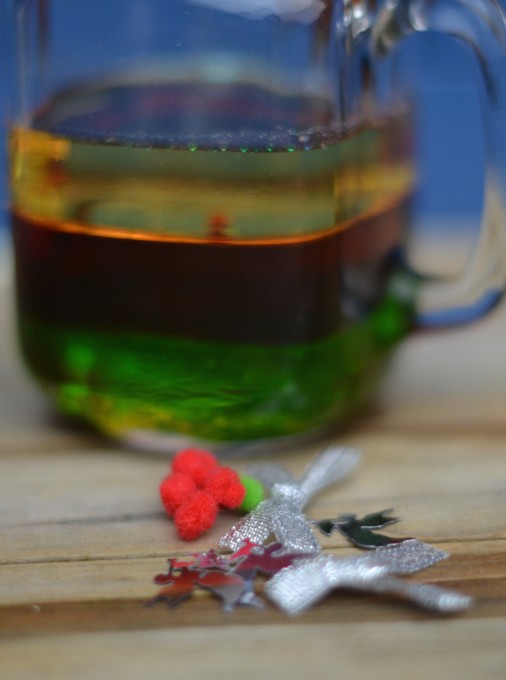
How to make a Christmas Density Jar
Pour each liquid into the glass slowly, starting with the sugar syrup (you can add food colouring if you like), followed by the water with added food colouring, and finally, the vegetable oil.
Drop a few small items in and see which layer they float on.
Try a marble or coin to see if it sinks to the bottom.

Why does this work?
Each liquid has a different mass of molecules or different numbers of parts squashed into the same volume. This means they have different densities, allowing one to sit on top of the other. The more dense a liquid is, the heavier it is.
Objects and liquids float on liquids of a higher density and sink through liquids of lower density.
We’d love to see your Christmas themed density jars.
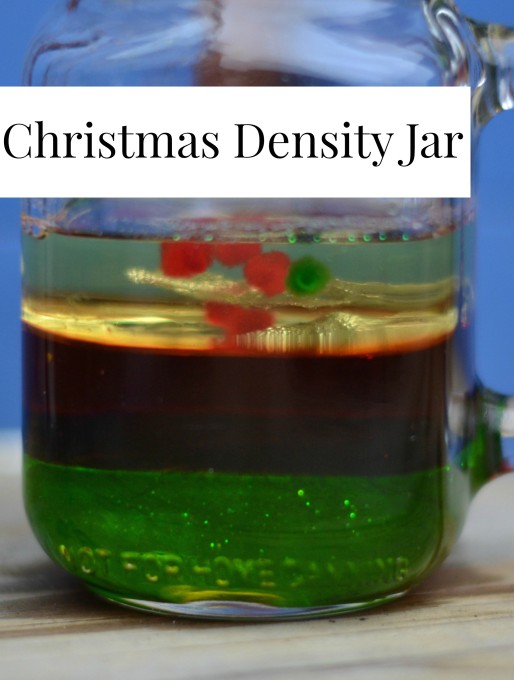
We’ve got lots more fun Christmas science ideas in this post, and we have a FREE Christmas ebook available to download!
Last Updated on November 16, 2024 by Emma Vanstone

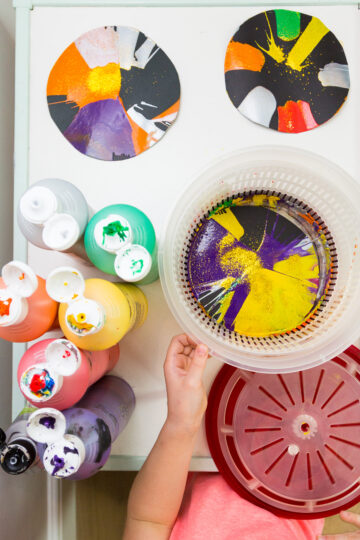
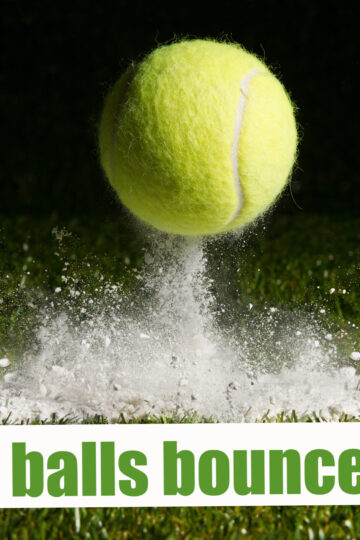
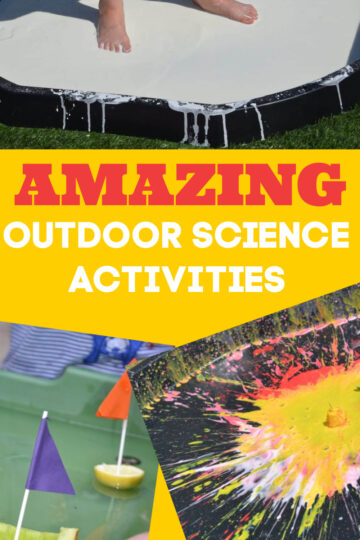
Leave a Reply